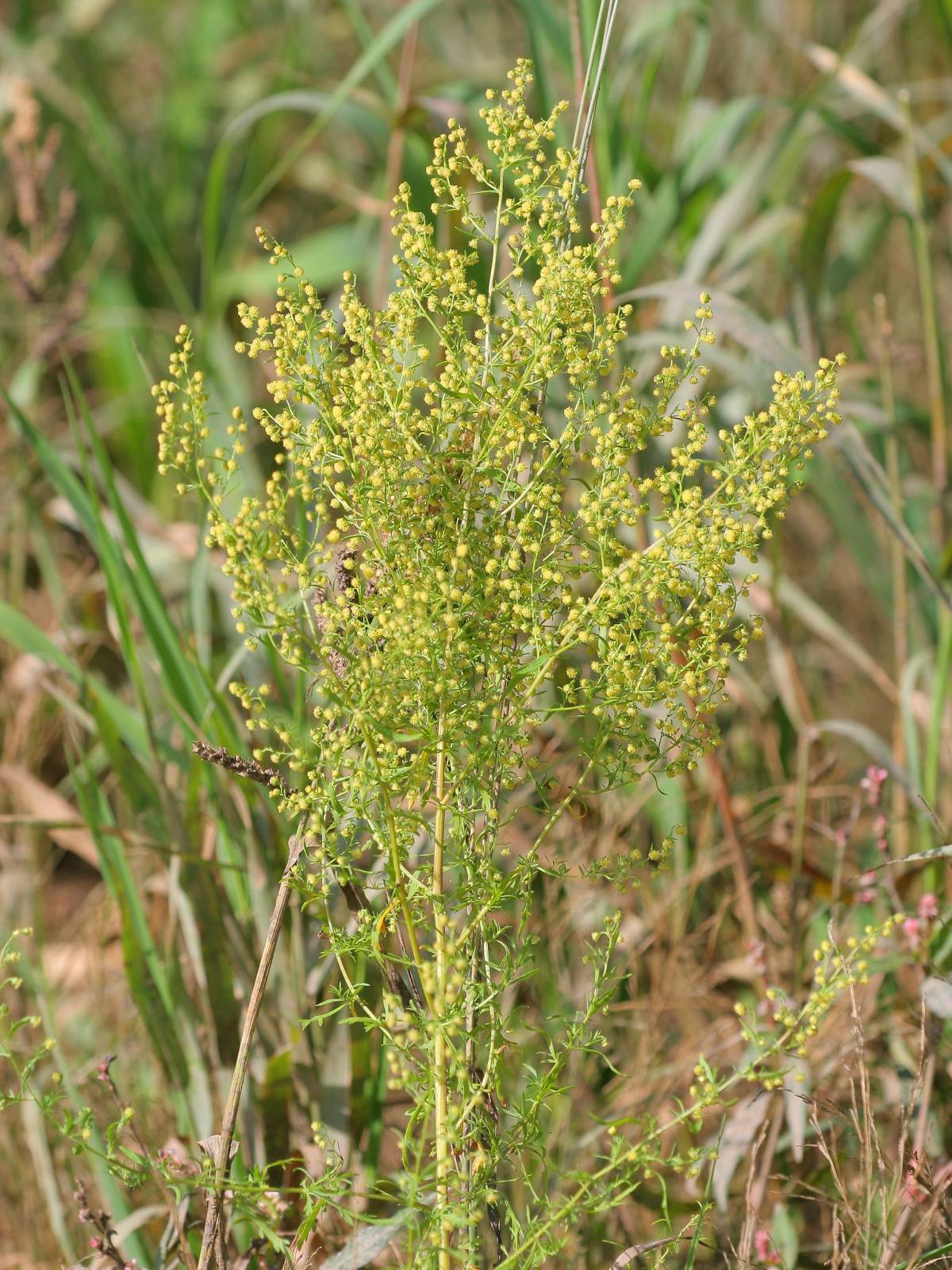|
Mausolus
Mausolus ( or , ''Mauśoλ'') was a ruler of Caria (377–353 Common Era, BCE) and a satrap of the Achaemenid Empire. He enjoyed the status of king or dynast by virtue of the powerful position created by his father Hecatomnus ( ), who was the first satrap of Caria from the hereditary Hecatomnid dynasty. Alongside Caria, Mausolus also ruled Lycia and parts of Ionia and the Dodecanese islands. He is best known for his monumental tomb and one of the Seven Wonders of the Ancient World, the Mausoleum at Halicarnassus, the construction of which has traditionally been ascribed to his wife and sister Artemisia II of Caria, Artemisia. Name Mausolus' name is only known directly in Greek ( or ). It is clearly of Carian language, Carian origin, though, and would have been written as *𐊪𐊠𐊲𐊸𐊫𐊦 (''*Mauśoλ'') or similar. This is a compound name perhaps meaning "much blessed". The first part, ''*Ma-'', may mean "much", similar to the same word in Hieroglyphic Luwian. The sec ... [...More Info...] [...Related Items...] OR: [Wikipedia] [Google] [Baidu] |
Mausoleum Of Halicarnassus
The Mausoleum at Halicarnassus or Tomb of Mausolus (; ) was a tomb built between 353 and 351 BC in Halicarnassus (present Bodrum, Turkey) for Mausolus, an Anatolian from Caria and a satrap in the Achaemenid Persian Empire, and his sister-wife Artemisia II of Caria. The structure was designed by the Greek architects Satyros and Pythius of Priene. Its elevated tomb structure is derived from the tombs of neighbouring Lycia, a territory Mausolus had invaded and annexed , such as the Nereid Monument. The Mausoleum was approximately in height, and the four sides were adorned with sculptural reliefs, each created by one of four Greek sculptors: Leochares, Bryaxis, Scopas of Paros, and Timotheus. The Mausoleum contained 400 freestanding sculptures. The mausoleum was considered to be such an aesthetic triumph that Antipater of Sidon identified it as one of his Seven Wonders of the Ancient World. It was destroyed by successive earthquakes from the 12th to the 15th century; it w ... [...More Info...] [...Related Items...] OR: [Wikipedia] [Google] [Baidu] |
Hecatomnids
The Hecatomnid dynasty or Hecatomnids were the rulers of Caria and surrounding areas BCE. They were satraps (governors) under the Achaemenid Empire, although they ruled with considerable autonomy as a hereditary dynasty. The dynasty had previously ruled the city of Mylasa, which became the capital of Hecatomnus, the first indigenous satrap of Caria. The dynastic capital was moved to Halicarnassus by Mausolus and Artemisia II of Caria, Artemisia, who built the Mausoleum at Halicarnassus, one of the Seven Wonders of the Ancient World, there. The dynasty survived the Alexander_the_Great#Conquest_of_the_Achaemenid_Persian_Empire, conquest of the Achaemenid Empire by Alexander the Great when Ada of Caria, Ada I, the final Hecatomnid ruler of Caria, adopted Alexander the Great as her son. The small family was remarkable for containing so many sets of sibling marriage, married siblings. Early history The earliest known member of the Hecatomnid family was the dynast Hyssaldomus. He w ... [...More Info...] [...Related Items...] OR: [Wikipedia] [Google] [Baidu] |
Halicarnassus
Halicarnassus ( ; Latin: ''Halicarnassus'' or ''Halicarnāsus''; ''Halikarnāssós''; ; Carian language, Carian: 𐊠𐊣𐊫𐊰 𐊴𐊠𐊥𐊵𐊫𐊰 ''alos k̂arnos'') was an ancient Greece, ancient Greek city in Caria, in Anatolia.Livius.org Halicarnassus/Bodrum "Usually, Greek settlers first occupied an island near a native settlement; later, they settled on the mainland. We may assume that the first Greeks built their houses on the island that was later known as the Royal Island. Today, it is no longer an island, but an impressive castle built in the age of the Crusades. The native settlement probably was at the Salmacis hill, which was crowned by a sanctuary of Hermaphroditus.", "Later, the Greeks settled on the mainland. To the northeast of the island, they founded a marketplace to t ... [...More Info...] [...Related Items...] OR: [Wikipedia] [Google] [Baidu] |
Artemisia II Of Caria
Artemisia II of Caria ( Greek: Ἀρτεμισία; died 351 BC) was a naval strategist, commander and the sister (and later spouse) and the successor of Mausolus, ruler of Caria. Mausolus was a satrap of the Achaemenid Empire, yet enjoyed the status of king or dynast of the Hecatomnid dynasty. After the death of her brother/husband, Artemisia reigned for two years, from 353 to 351 BCE. Her ascension to the throne prompted a revolt in some of the island and coastal cities under her command due to their objection to a female ruler. Her administration was conducted on the same principles as that of her husband; in particular, she supported the oligarchical party on the island of Rhodes. Because of Artemisia's grief for her brother-husband, and the extravagant and bizarre forms it took, she became to later ages "a lasting example of chaste widowhood and of the purest and rarest kind of love", in the words of Giovanni Boccaccio. In art, she was usually shown in the process ... [...More Info...] [...Related Items...] OR: [Wikipedia] [Google] [Baidu] |
Bodrum
Bodrum () is a town and district of Muğla Province, Turkey. About 200 thousand people live in the district, which covers 650 km2 and includes the town. It is a port town at the entrance to the Gulf of Gökova. Known in ancient times as Halicarnassus, the town was once home to the Mausoleum at Halicarnassus, also known as the tomb of Mausolus, one of the Seven Wonders of the Ancient World. The town was founded by Dorian Greeks. It later fell under Persian rule and became the capital of the satrapy of Caria. Mausolus ruled Caria from here, and after his death in 353 BC, his wife Artemisia built a tomb, called the Mausoleum, for him. Macedonian forces laid siege to the city and captured it in 334 BC. After Alexander's death, the city passed to successive Hellenistic rulers and was briefly an independent kingdom until 129 BC, when it came under Asia (Roman province), Roman rule. A series of natural disasters and repeated pirate attacks wreaked havoc on the area, and the ... [...More Info...] [...Related Items...] OR: [Wikipedia] [Google] [Baidu] |
Revolt Of The Satraps
The Great Satraps' Revolt, or the Revolts of the Satraps (c. 370-c.360 BCE), was a rebellion in the Achaemenid Empire of several satraps in western Anatolia against the authority of the Great King Artaxerxes II (r. 404-359/8). The Satraps who revolted were Datames, Ariobarzanes of Phrygia, Ariobarzanes, Orontes I, Orontes, Autophradates, and Mausolus. The timing of their revolts varied, as did the circumstances that induced them to rebel. Though often portrayed as a general uprising, there was little coordination among them and at no time did they actually threaten Artaxerxes directly. Their efforts were aimed at secession rather than a takeover of the Empire. Revolt of Datames (370 BCE) Source: Datames, inherited a minor satrapy (name unknown) in northern Cilicia from his father Camissares some time after 384 BC. He was a talented military commander and distinguished himself in several campaigns: against the Cadusii, Cardusii, against the rebellious Thyus of Paphlagonia, an ... [...More Info...] [...Related Items...] OR: [Wikipedia] [Google] [Baidu] |
Hecatomnus
Hecatomnus of Mylasa or Hekatomnos (, Carian: 𐊴𐊭𐊪𐊵𐊫 ''k̂tmno'' “under-son, descendant(?)”) was an early 4th-century BC ruler of Caria. He was the satrap (governor) of Caria for the Persian Achaemenid king Artaxerxes II (404–358 BC). However, the basis for Hecatomnus' political power was twofold: he was both a high appointed Persian official and a powerful local dynast, who founded the hereditary dynasty of the Hecatomnids. The Hecatomnids followed the earlier autochthonous dynasty of the Lygdamids (520-450 BC) in Caria. Biography Hecatomnus was the son and successor of Hyssaldomus, a dynastic ruler of Mylasa. It is likely that Hecatomnus had been a supporter of Tissaphernes and might have been employed by him in the subordinate office of hyparch. At some time after 395 BC Hecatomnus became the first satrap of Caria, which was until then part of other satrapies, usually that of Lydia. The designation of Caria as a separate satrapy was part of a reorga ... [...More Info...] [...Related Items...] OR: [Wikipedia] [Google] [Baidu] |
Seven Wonders Of The Ancient World
The Seven Wonders of the Ancient World, also known as the Seven Wonders of the World or simply the Seven Wonders, is a list of seven notable structures present during classical antiquity, first established in the 1572 publication '' Octo Mundi Miracula'' using a combination of historical sources.: "It is perhaps only with the execution of these drawings that the list became fixed for all time , but the details of each monument have been scrutinised ever since under the scientific eye of such scholars as Johann Fischer von Erlach.": "The 'canonical' list of the Seven Wonders that we use today was actually drawn up in the sixteenth century by Dutch artist Maarten van Heemskerck, who produced a set of drawings of the Seven Wonders compiled from his perusal of ancient authors. His list contained two statues, the Zeus from Olympia and the Colossus of Rhodes; two sets of tombs, the Pyramids of Egypt and the Mausoleum of Halicarnassus; and several buildings, the Temple of Artemis at Ephe ... [...More Info...] [...Related Items...] OR: [Wikipedia] [Google] [Baidu] |
Caria
Caria (; from Greek language, Greek: Καρία, ''Karia''; ) was a region of western Anatolia extending along the coast from mid-Ionia (Mycale) south to Lycia and east to Phrygia. The Carians were described by Herodotus as being Anatolian mainlanders and they called themselves Caria because of the name of their king.''The Histories'', Book I Section 171. He reports the Carians themselves maintained that they were Anatolian mainlanders intensely engaged in seafaring and were akin to the Mysians and the Lydians. The Carians spoke Carian language, Carian, a native Anatolian language closely related to Luwian language, Luwian. Also closely associated with the Carians were the Leleges, which could be an earlier name for Carians. Municipalities of Caria Cramer's detailed catalog of Carian towns is based entirely on ancient sources. The multiple names of towns and geomorphic features, such as bays and headlands, reveal an ethnic layering consistent with the known colonization. ... [...More Info...] [...Related Items...] OR: [Wikipedia] [Google] [Baidu] |
List Of Coupled Siblings
This article lists well-known individuals who had romantic or marital ties with their sibling(s) at any point in history. It does not include coupled siblings in works of fiction, although those from mythology and religion are included. Terminology There are many terms used to describe a romantic bond between siblings, including formal nomenclature such as '' adelphogamy'', specific hyponyms such '' twincest'', or slang terms like ''sibcest''. In a heterosexual context, a female partner in such a relationship may be referred as a ''sister-wife''. A similar incestuous arrangement which is non-monogamous can be referred as ''sister-swapping'' or ''brother-swapping'', although this should not be confused with '' berdel'', which describes the situation in which families exchange brides or bridegrooms. History Sibling marriage was historically practiced among royalty in ancient through Ptolemaic Egypt, in the pre-Columbian Inca Empire of Peru, in pre-colonial Hawaiʻi, sporadically ... [...More Info...] [...Related Items...] OR: [Wikipedia] [Google] [Baidu] |










